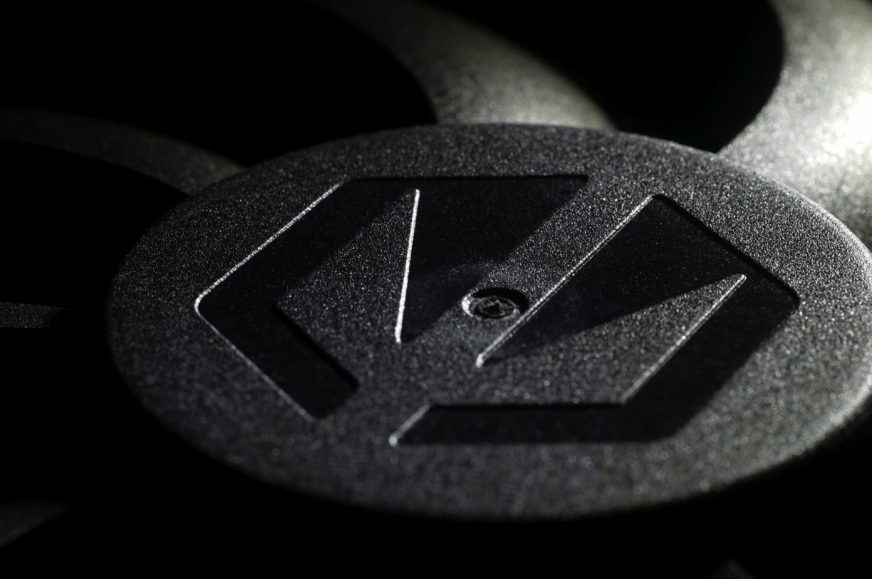Results: LED to motor power draw ratio
Why spend as much money on one fan as you would on four or five Endorfy Stratus 120 PWMs? There is a clear answer to this, but it may not be interesting to everyone. Especially when the fans are meant to fit well into builds designed with the best possible price/performance ratio in mind. That’s when low-cost fans make sense, and the end-user often dismisses the “imperfections” of the Stratus 120 (PWM) with a wave of the hand.
Results: LED to motor power draw ratio
Explanatory note: Lighting has a significant contribution to fan power draw. The ratios in these graphs express the relationship between LED power draw and motor power draw in standard modes from 31 dBA progressively to maximum speed. The LEDs are always set to maximum brightness. The lower the value in the graphs, the more dominant the lighting is in the total power draw. This is not necessarily “wrong”, hand in hand with this usually goes a higher luminance, which can be controlled to some extent. To what extent you already know from the previous chapter.
Why is there a missing value sometimes? There may be more reasons. Usually it is because the fan could not be adjusted to the target noise level. Some have a higher minimum speed (or the speed is low, but the motor is too noisy) or it is a slower fan that will not reach the higher decibels. But the results in the graphs are also missing if the rotor is brushing against the nylon filter mesh. In that case, we evaluate this combination as incompatible. And zero in the graphs is naturally also in situations where we measure 0.00. This is a common occurrence at extremely low speeds with obstructions or within vibration measurements.
Continue: Evaluation
- Contents
- Endorfy Stratus 120 PWM in detail
- Overview of manufacturer specifications
- Basis of the methodology, the wind tunnel
- Mounting and vibration measurement
- Initial warm-up and speed recording
- Base 6 equal noise levels…
- ... and sound color (frequency characteristic)
- Static pressure measurement…
- … and airflow
- Everything changes with obstacles
- How we measure power draw and motor power
- Measuring the intensity (and power draw) of lighting
- Results: Speed
- Results: Airlow w/o obstacles
- Results: Airflow through a nylon filter
- Results: Airflow through a plastic filter
- Results: Airflow through a hexagonal grille
- Results: Airflow through a thinner radiator
- Results: Airflow through a thicker radiator
- Results: Static pressure w/o obstacles
- Results: Static pressure through a nylon filter
- Results: Static pressure through a plastic filter
- Results: Static pressure through a hexagonal grille
- Results: Static pressure through a thinner radiator
- Results: Static pressure through a thicker radiator
- Results: Static pressure, efficiency by orientation
- Reality vs. specifications
- Results: Frequency response of sound w/o obstacles
- Results: Frequency response of sound with a dust filter
- Results: Frequency response of sound with a hexagonal grill
- Results: Frequency response of sound with a radiator
- Results: Vibration, in total (3D vector length)
- Results: Vibration, X-axis
- Results: Vibration, Y-axis
- Results: Vibration, Z-axis
- Results: Power draw (and motor power)
- Results: Cooling performance per watt, airflow
- Results: Cooling performance per watt, static pressure
- Airflow per euro
- Static pressure per euro
- Results: Lighting – LED luminance and power draw
- Results: LED to motor power draw ratio
- Evaluation








